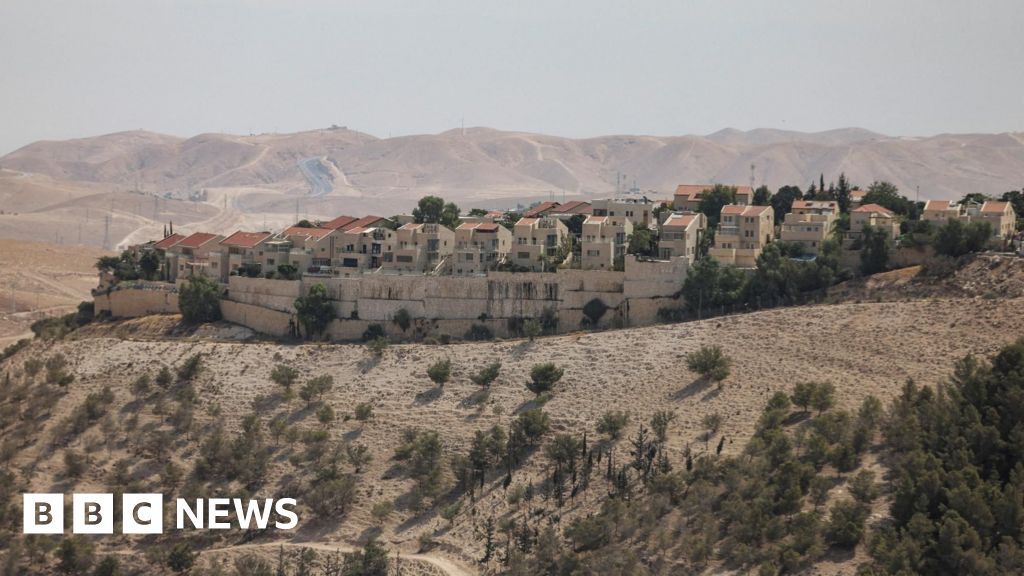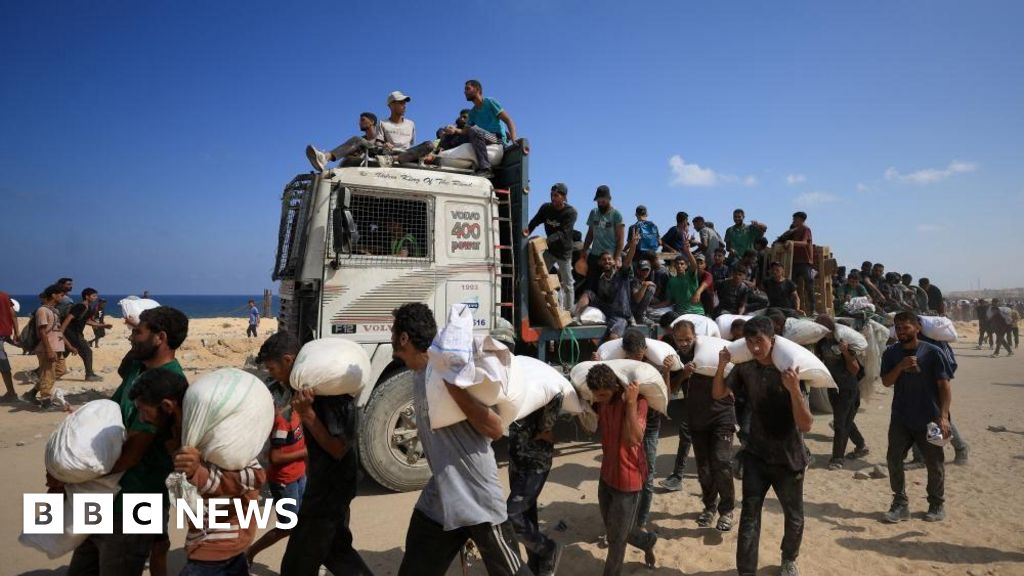Tensions Rise as UAE Warns Israel About Annexation of West Bank
#israel #united_arab_emirates #west_bank #annexation #conflict

Introduction
The relationship between Israel and the United Arab Emirates (UAE) has been tense for decades due to the ongoing conflict in the West Bank. However, tensions have risen even further as the UAE warned Israel about crossing a "red line" by annexing the occupied territory.
Key Details
The warning was prompted by a recent proposal by a far-right Israeli minister to annex four-fifths of the West Bank. This would mean that Israel would have control over a significant portion of the territory, which is currently under Palestinian control. The annexation of the West Bank would be a direct violation of international law and could potentially lead to further violence and instability in the region.
The UAE's warning is significant as they have recently established diplomatic relations with Israel, after the signing of the historic Abraham Accords. This move was seen as a step towards peace and reconciliation in the region, but the proposed annexation has put a strain on this newly formed relationship.
Impact
The warning from the UAE serves as a clear message to Israel that any attempts to annex the West Bank will not be tolerated. This comes at a time when the international community, including the United Nations, has also expressed their concerns about the proposed annexation. It is crucial for both parties to find a peaceful resolution to the ongoing conflict in the West Bank to avoid
About the Organizations Mentioned
United Nations
The United Nations (UN) is a pivotal international organization established in 1945, following the devastation of World War II, with the primary goal of maintaining global peace and security, fostering international cooperation, and promoting social progress. The UN Charter, signed by 51 founding member states, including the United States, the United Kingdom, China, and the Soviet Union, laid the foundation for this ambitious endeavor[1][3]. ## History and Structure The UN was born out of the failures of its predecessor, the League of Nations, which failed to prevent World War II. Key planning meetings, such as the Dumbarton Oaks Conference in 1944, defined the UN's structure, which includes the General Assembly, the Security Council, the Economic and Social Council, the Trusteeship Council, the International Court of Justice, and the Secretariat[1][6]. The Security Council, with five permanent members (the United States, China, France, Russia, and the United Kingdom), holds significant influence due to its veto power[2]. ## Key Achievements Over the years, the UN has played a crucial role in conflict resolution, human rights advocacy, and sustainable development. Notable achievements include the establishment of the Universal Declaration of Human Rights in 1948 and the implementation of numerous peacekeeping missions worldwide[3][4]. The UN has also been instrumental in addressing global challenges such as climate change and pandemics through its various programs and agencies. ## Current Status Today, the UN comprises 193 member states, with its most recent addition being South Sudan in 2011[5]. The organization continues to evolve, addressing emerging issues like digital governance and cybersecurity. Despite challenges, the UN remains a cornerstone of international diplomacy and cooperation. ## Notable Aspects The UN's work is not limited to politics; it also impacts business and technology through initiatives that promote sustainable development and digital inclusion. Its role in setting global standards and fostering international cooperation makes it a significant player in shaping the














